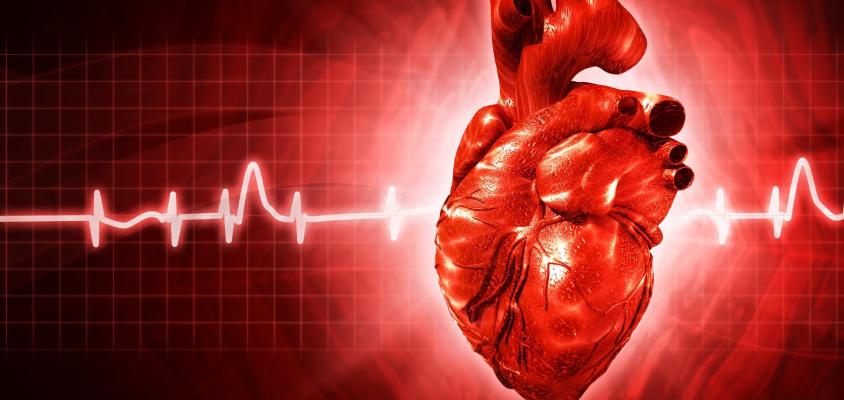End to end Heart Diseases Prediction Model with webapp using Flask
📌Heart Diseases Prediction📌"Heart disease is broad term used for diseases and conditions affecting the heart and circulatory system. They are also referred as cardiovascular diseases. There are several different types and forms of heart diseases. The most common ones cause narrowing or blockage of the coronary arteries, malfunctioning in the valves of the heart, enlargement in the size of heart and several others leading to heart failure and heart attack." [Source]
Key facts according to WHO (World Health Organaizations)
- Cardiovascular diseases (CVDs) are the leading cause of death globally.
- An estimated 17.9 million people died from CVDs in 2019, representing 32% of all global deaths. Of these deaths, 85% were due to heart attack and stroke.
- Over three quarters of CVD deaths take place in low- and middle-income countries.
- Out of the 17 million premature deaths (under the age of 70) due to noncommunicable diseases in 2019, 38% were caused by CVDs.
- Most cardiovascular diseases can be prevented by addressing behavioural risk factors such as tobacco use, unhealthy diet and obesity, physical inactivity and harmful use of alcohol.
- It is important to detect cardiovascular disease as early as possible so that management with counselling and medicines can begin.
This notebook has two main objectives:
- Explore the heart disease dataset using exploratory data analysis (EDA)
- Exercise with classification algorithms for prediction (modelling)
Kaggle Link - [https://www.kaggle.com/code/tazriahelal/heart-diseases-prediction]
-
- Introduction
- Exploratory Data Analysis
- 1.0 Load Data
- 1.1 Data Dictionary
- 1.2 Data Pre-processing
- 1.3 Exploring Features
- 1.4 Correlations Heatmap
- 1.5 EDA Summary
-
- Predictions
- 2.1 Scikit Learn Classifiers
- 2.2 Catboost, Lgbm and Xgboost
- 2.3 Model Explainablity
-
- Concluding Remarks
-
- References
